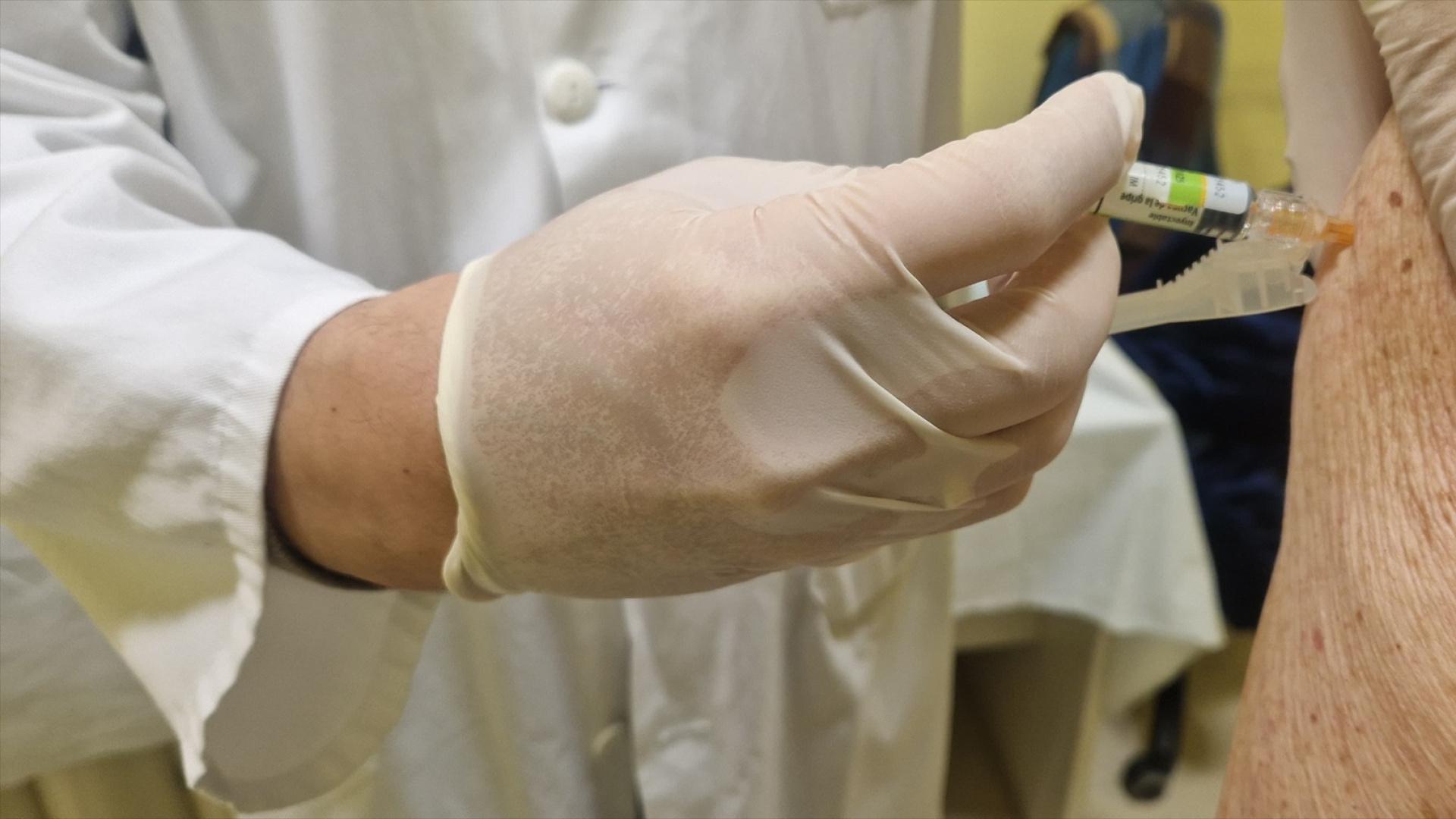Alicante, October 23 (EFE).- Neuroscience (INSTonsiology Institute, Higher Council for Scientific Research (CSIC) and U ...
Pliers, 23 okt (EFE).
Eyes, it was called, this lie, first to the sensitive nerves of magic, the transparent layer that covers the front of the eye.
In animal models, DENAQ has been shown to be able to reduce the overactivity of these nerves without affecting important functions such as blinking, the CSIC statement said.
"In addition, it is shown for the first time that the electric light can control the importance of the actions that are used. This is what optopharmagy is known," the attack is the same, "the same light.
Dry eye is a dry disease that occurs when the eyes do not produce enough tears or tears is not such a problem, it causes, itching, discomfort, and blurred vision.
Donaq is a recording center that was originally built to provide light stimulation in brain cells, such as firing ganglion cells, which are responsible for sending information to the brain so that we can see.
In this new work, the team in the team applies it to pieces of the cornea for the first time, which represents the new use of it.
The electrical activity of peripheral nerve endings in the cornea is essential for maintaining the health of the ocular surface as it regulates vision and tear production.
However, this activity is redundant, as it occurs in dry eye diseases, which can cause permanent discomfort.
This new study, led by researcher Victor Meseguer, who led the lab's biology department, shows that visible molecules can alter the blue spectrum without attracting attention.
Still in the experimental phase, this would allow the reduction of nerve activity without affecting its protective functions, such as blinking or tear production.
"The most interesting thing is that the light does not inhibit the activity of these nerves. But it will make the nerves come back to antiseptic," Meseguer said.
The work, published in the British Journal of Pharmacology, shows that DENAQ acts like a chemical switch: by changing shape under blue light, it modulates the ion channels in the neurons of the cornea and reduces their excitability.
Experiments in guinea pig and rat models confirmed that this effect persists even in dryness-induced corneas, without altering the normal response to cold stimulation.
The results of the research support "the idea that we can control the distortions of normal nerves, accurately and reversibly, using dry drugs."
The Denag molecule was synthesized together with the group of Richard H. Kramer, an international leader in the development of photoreductive compounds that characterize the photodynamic properties of the molecule and the photodynamic properties of retinal ganglion cells.Efe








